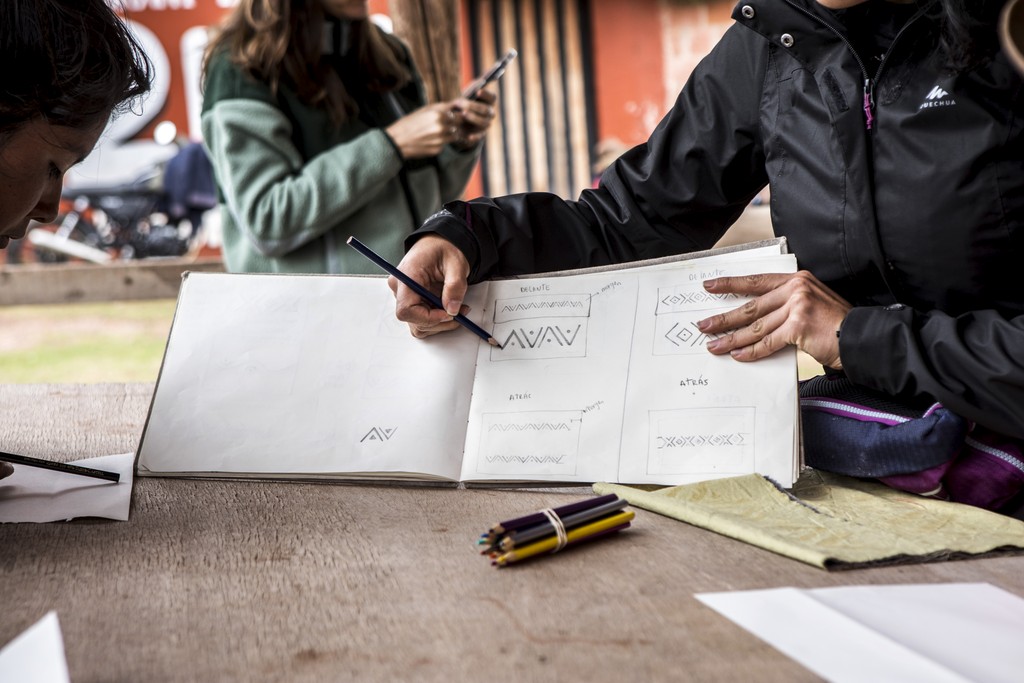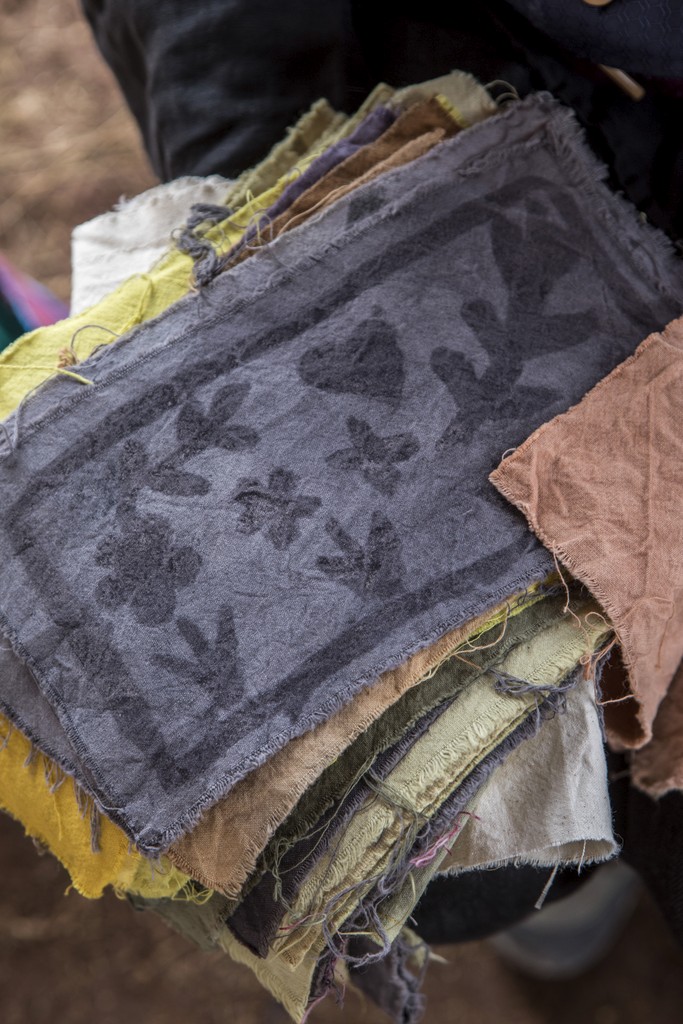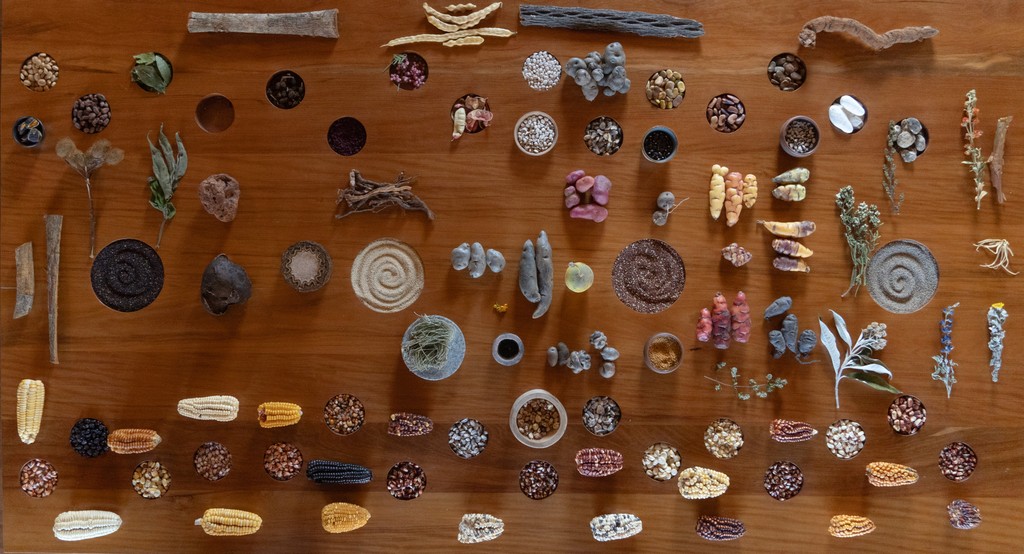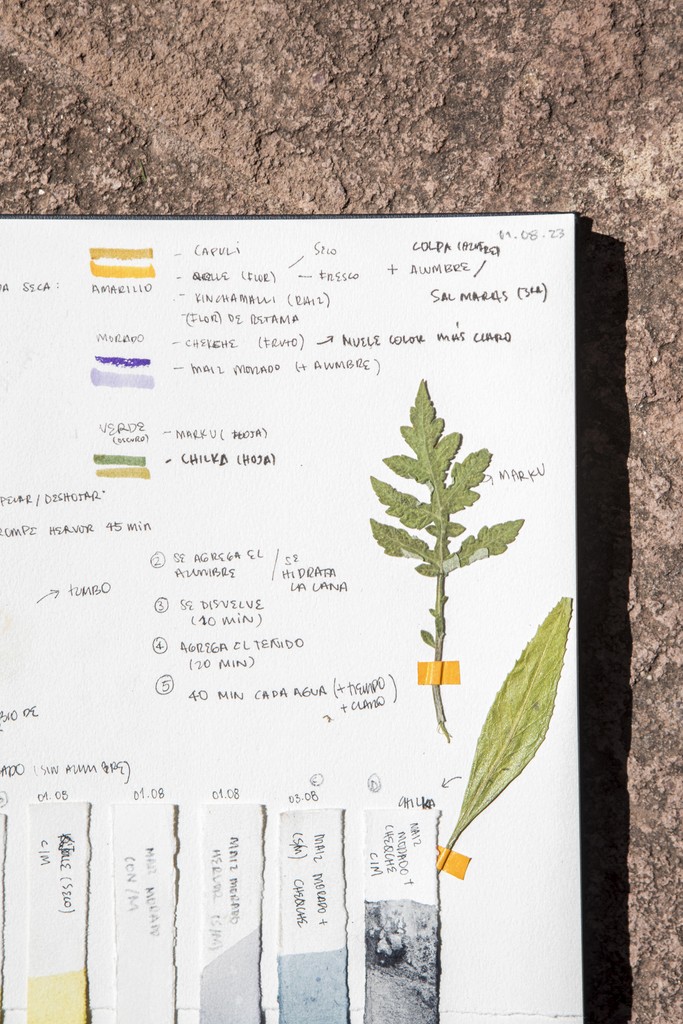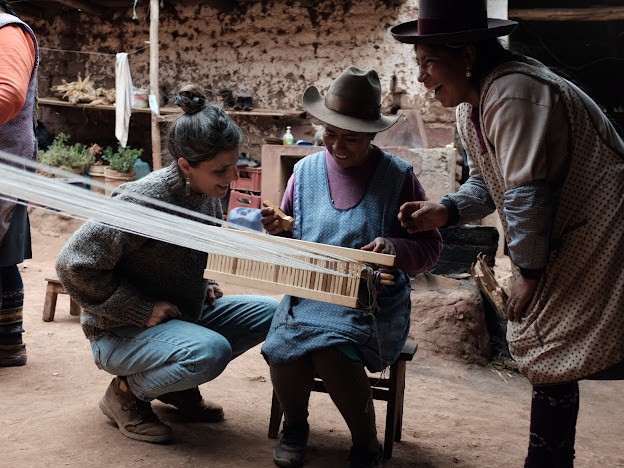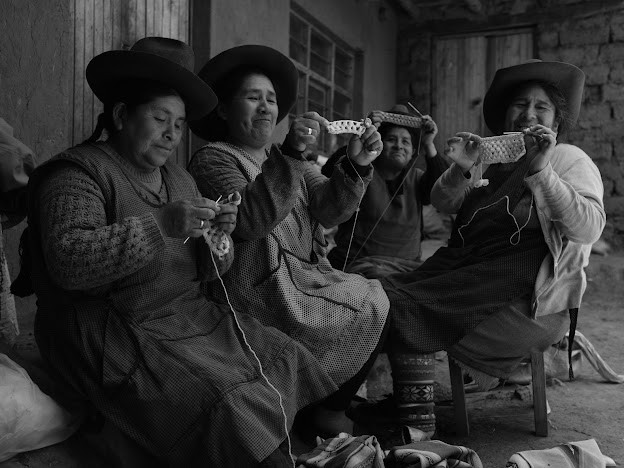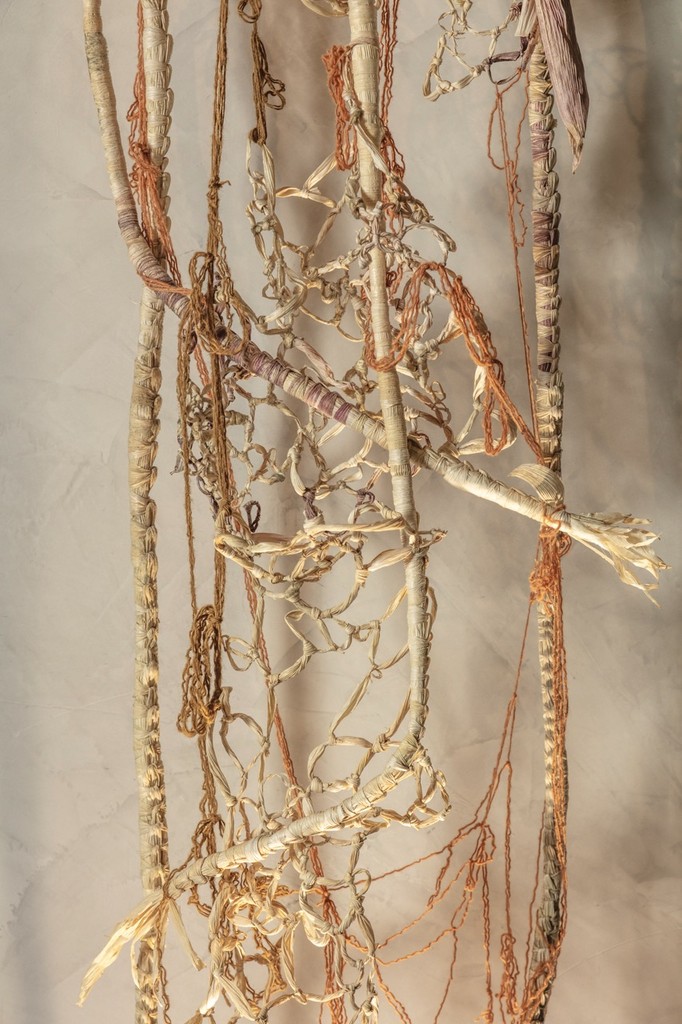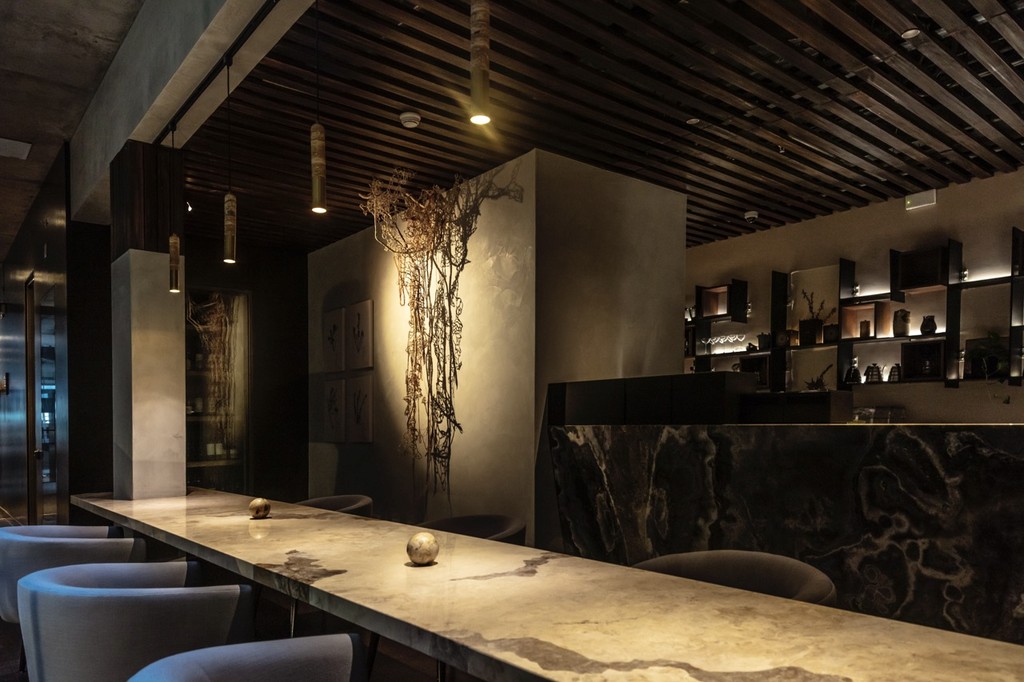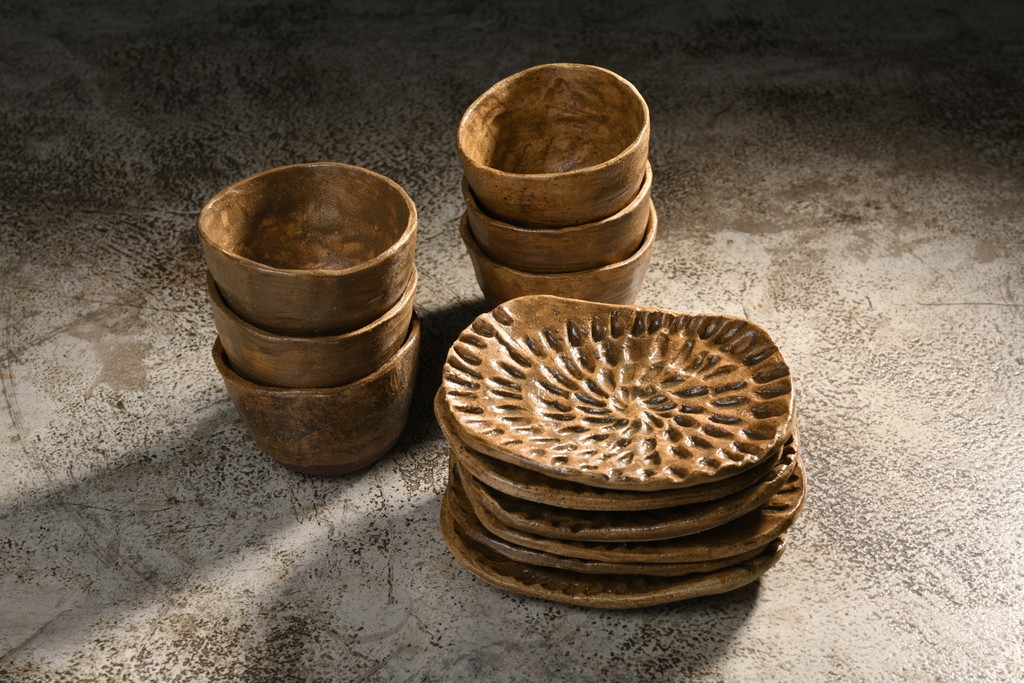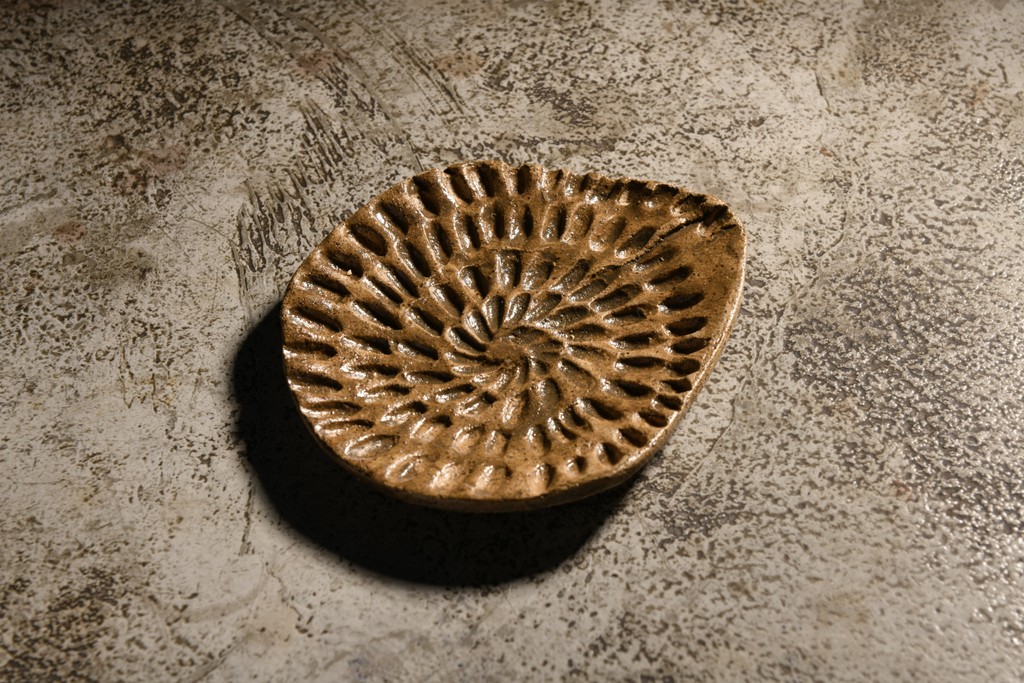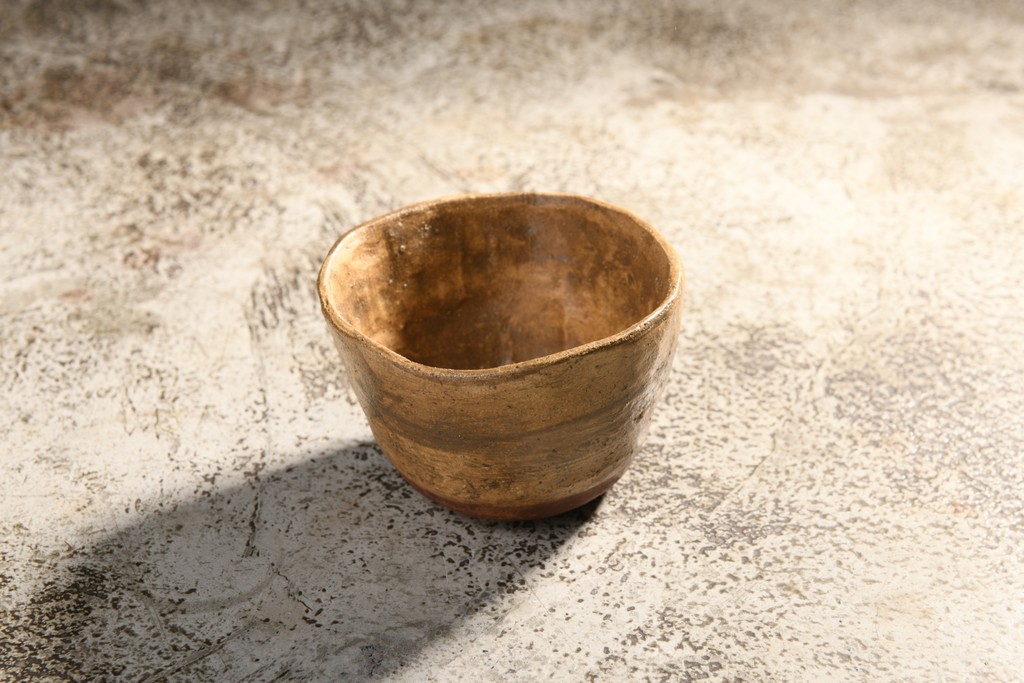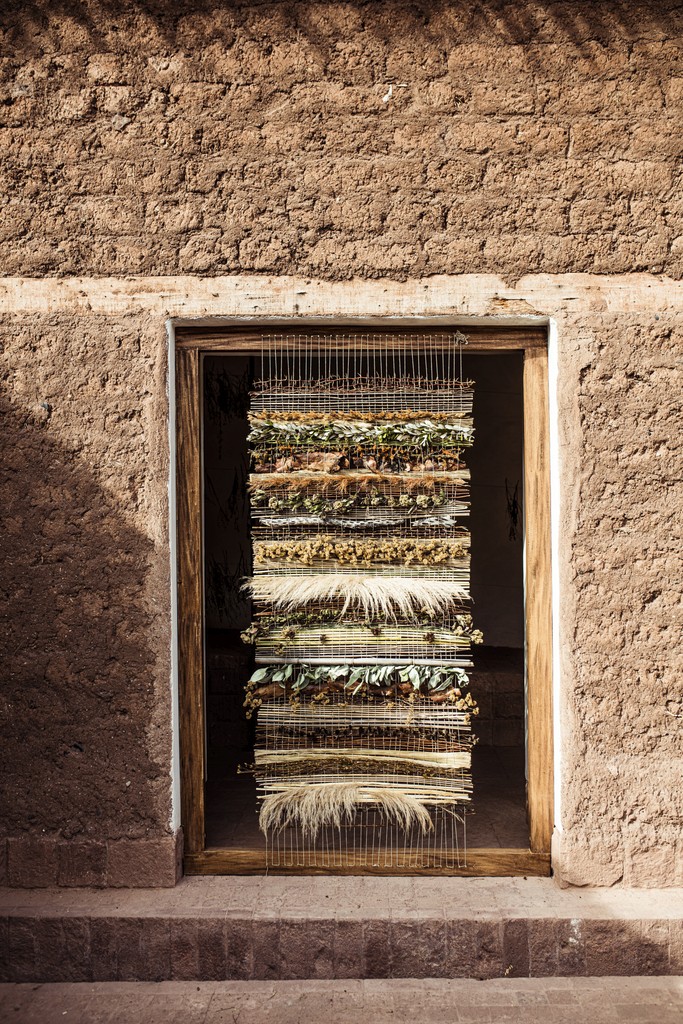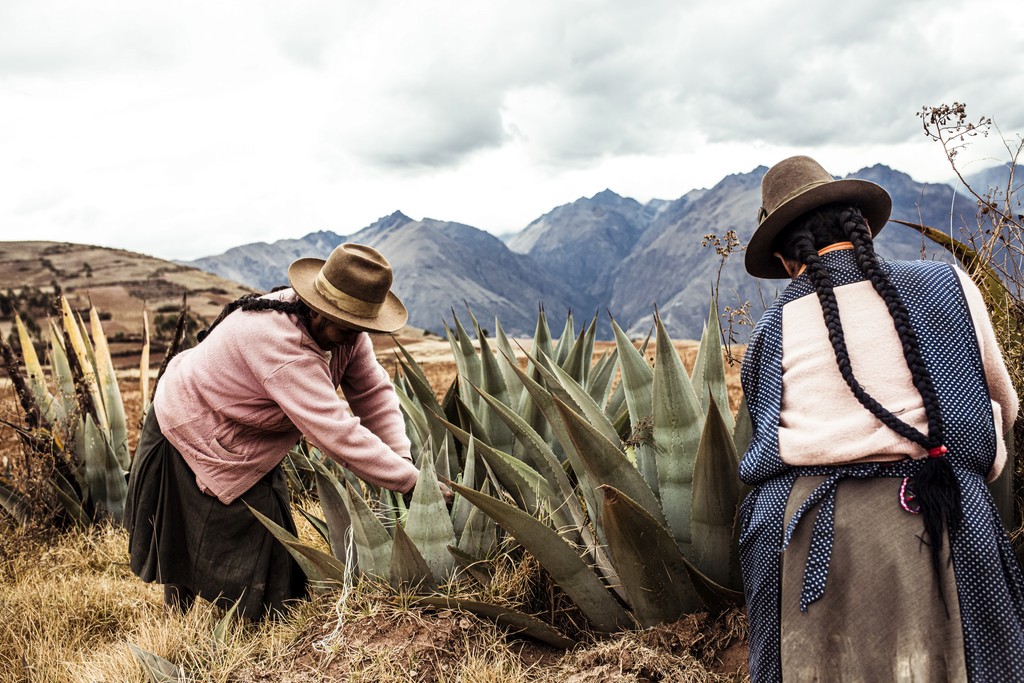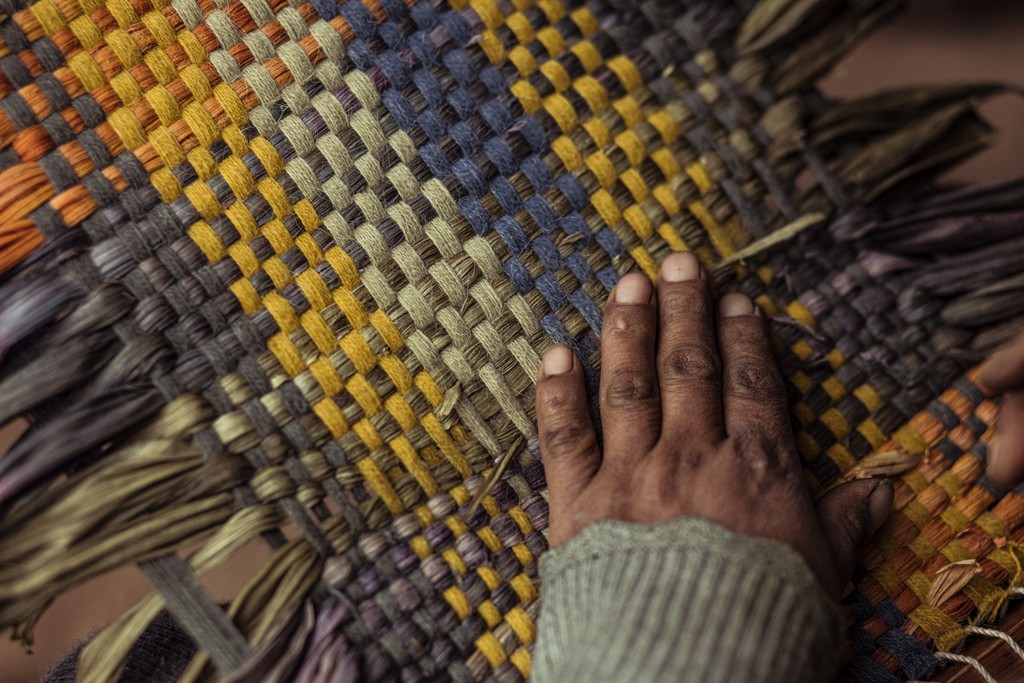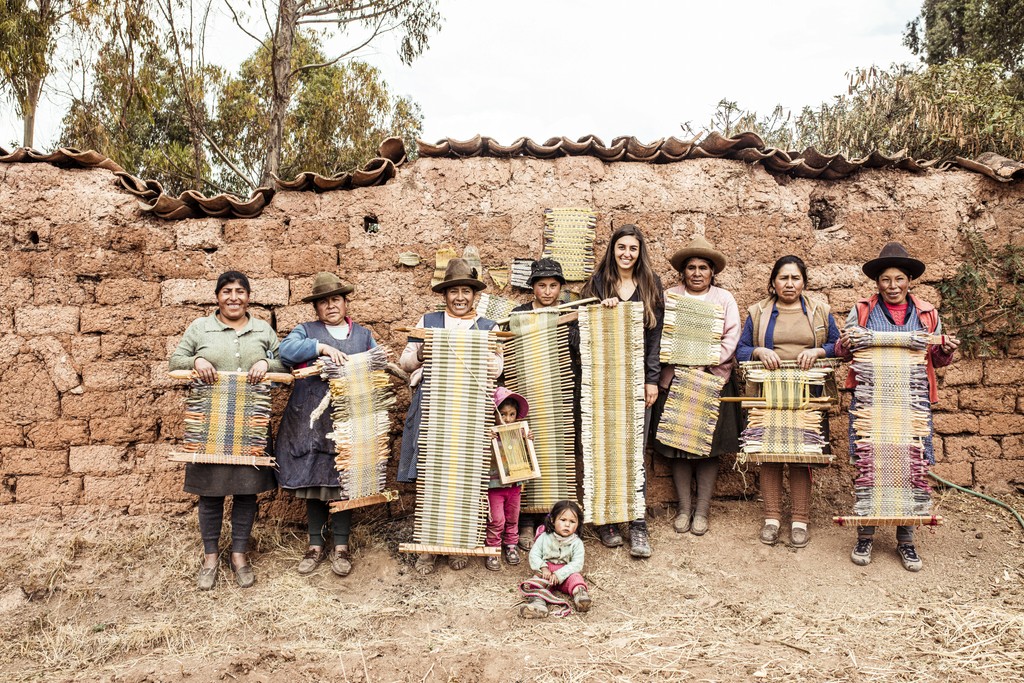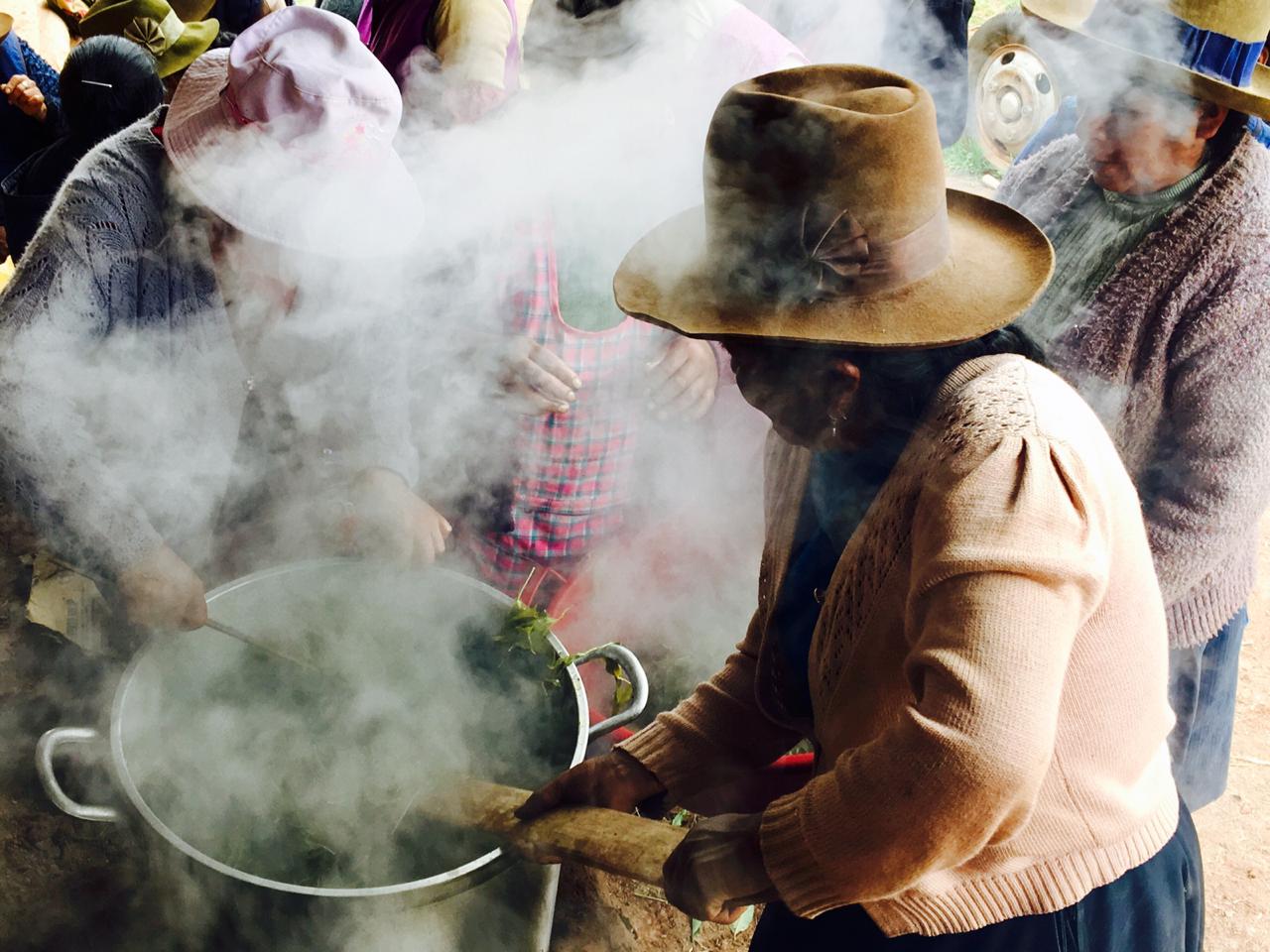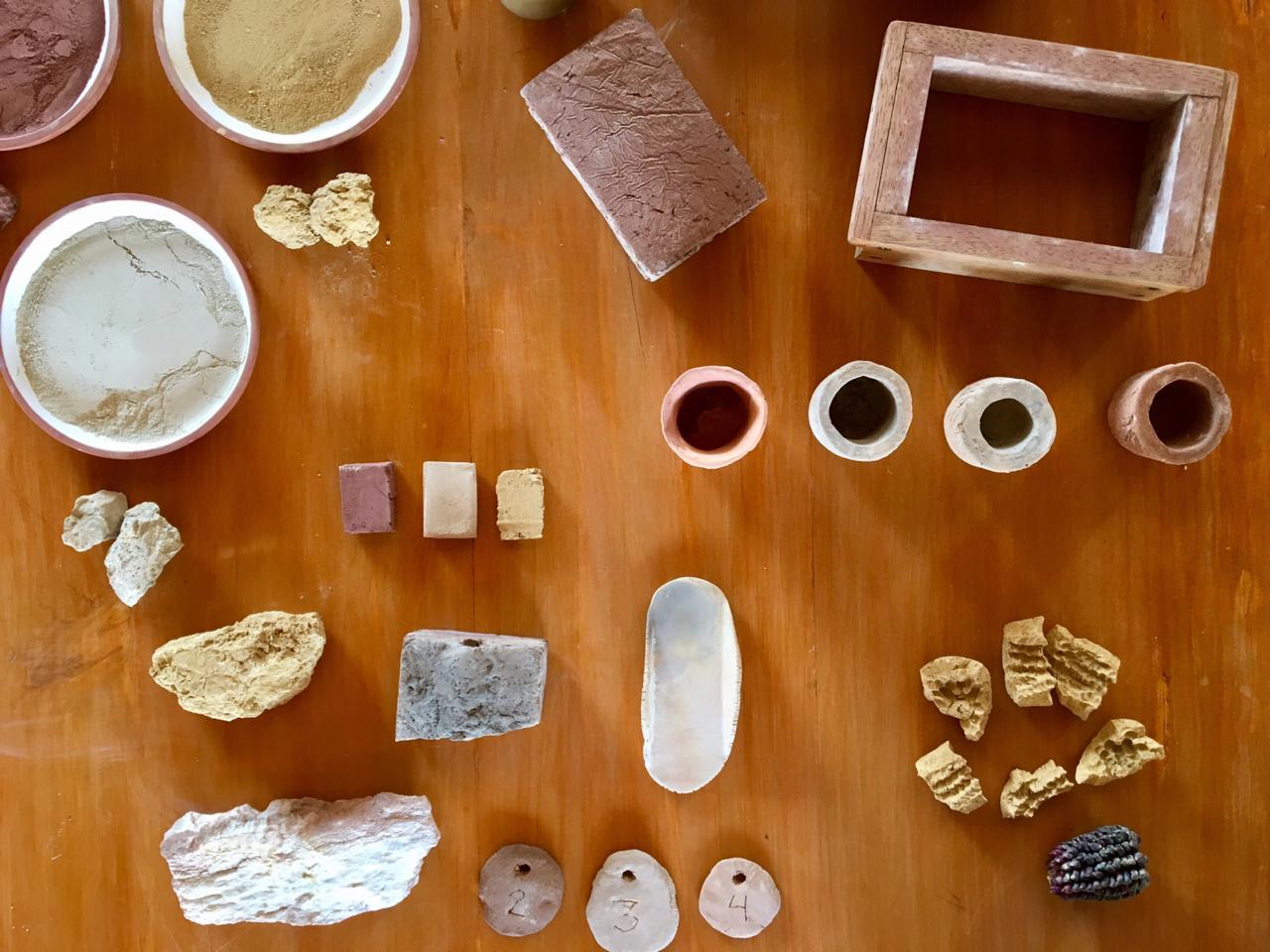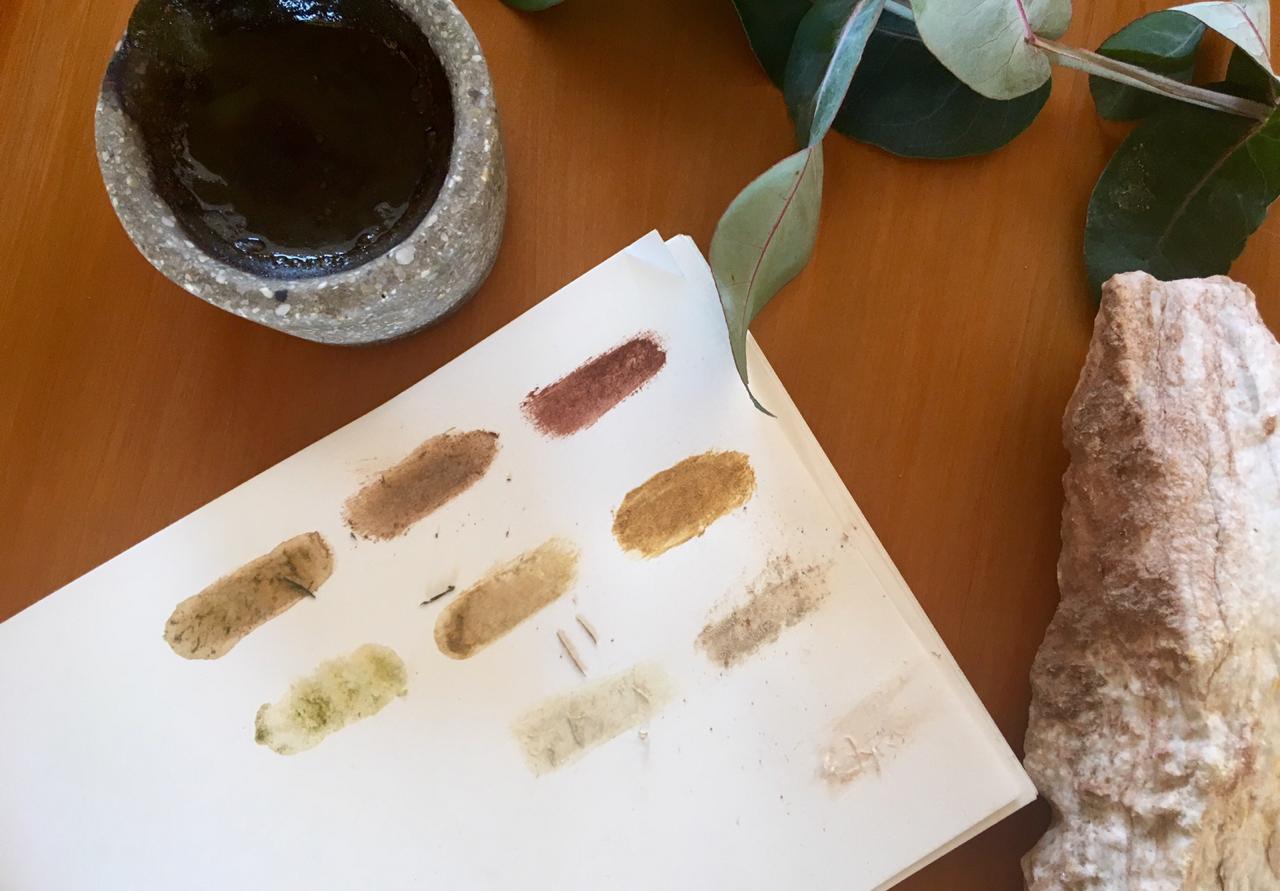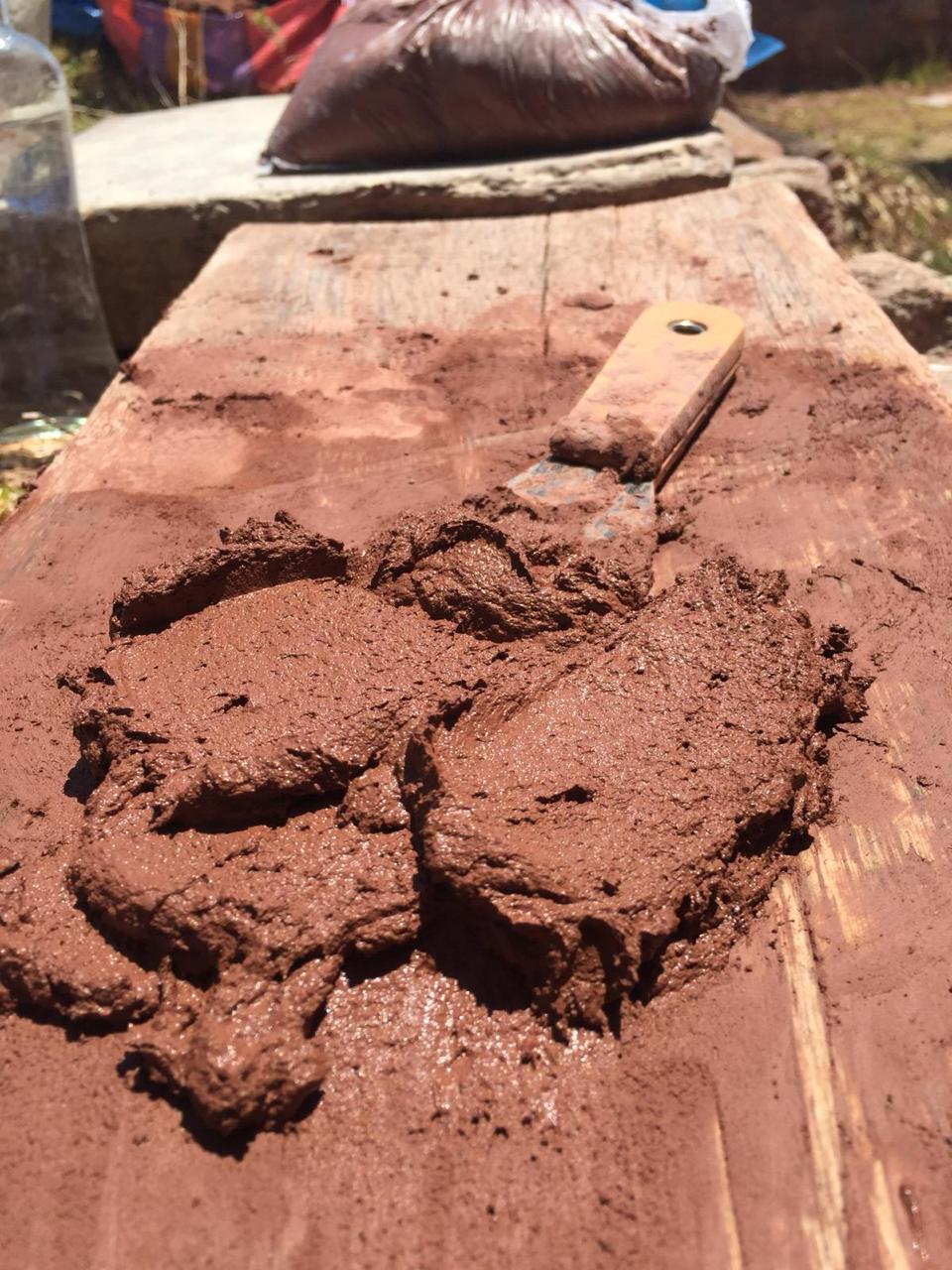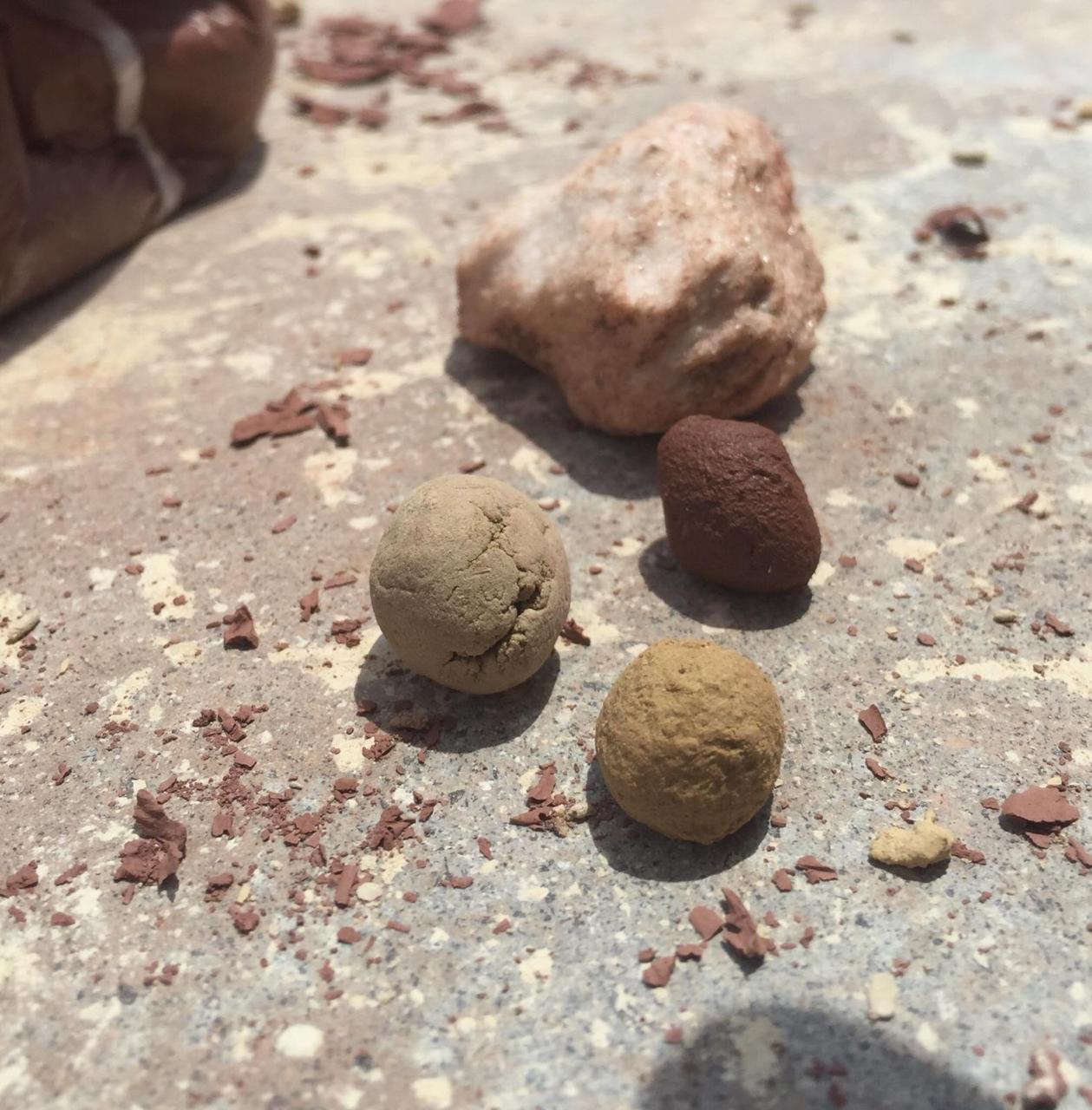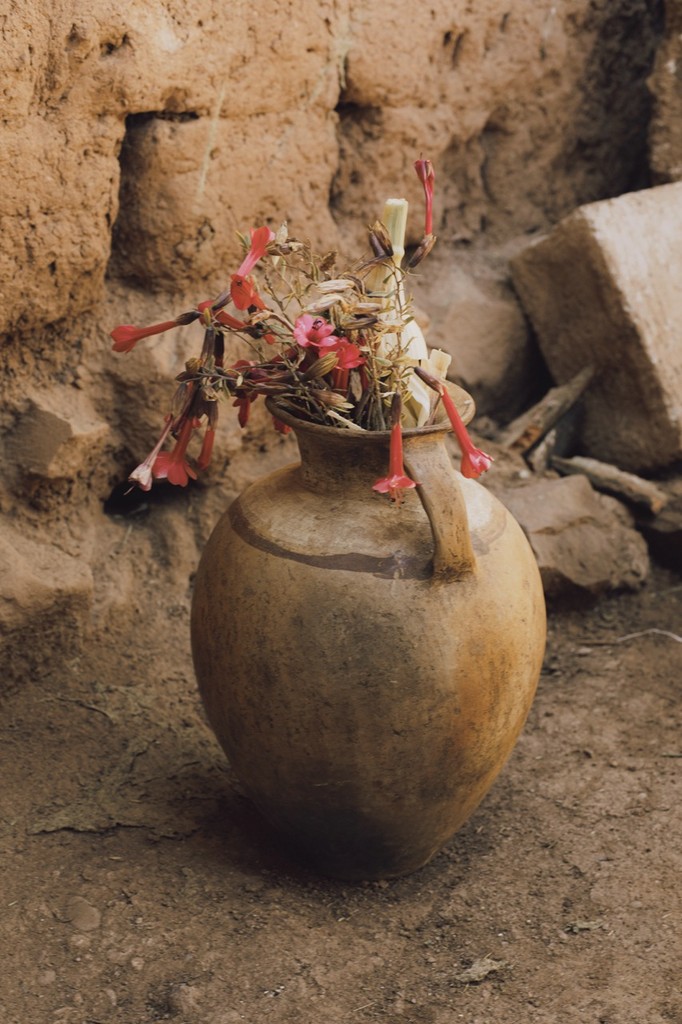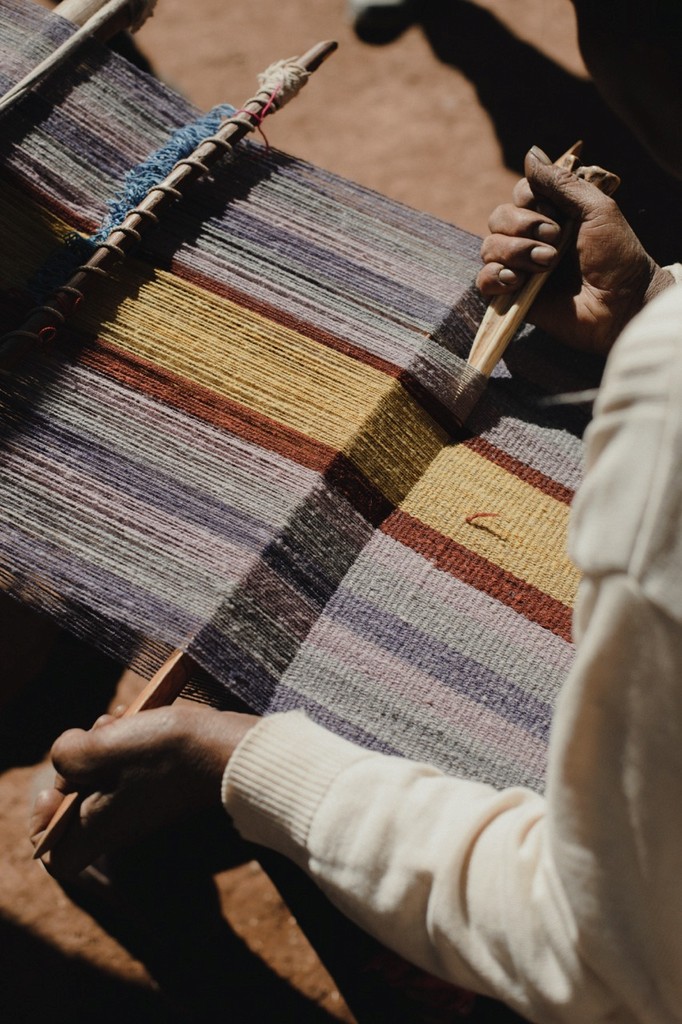The purpose of the residencies organized by Mater is to promote the exchange of knowledge and cultural practices between artists and the neighboring communities of MIL Centro.
Through this dialogue, we promote joint creativity, strengthening cultural identity and community connections, and generating a positive impact on the social and cultural environment of the region.
Isabella Celis
Riqchari Chaska Project
Anccoto, CC. Mullk’as Misminay, Maras, Cusco
2024
The Colombian visual artist and researcher Isabella Celis completed a two-month artistic residency in the community of Mullak’as Misminay, in Cusco, alongside the association Riqchari Chaska, made up of 25 women who gather to weave, dye, cook, and preserve traditional practices, such as loom weaving. Through dialogue and collective creation, they explored the Andean symbols linked to mountains, animals, rain, and rivers, reinterpreting them through new techniques introduced by the artist, such as drawing with vegetable and animal milks on fabric, dyeing with local dye plants, and traditional embroidery. Some women chose to embroider, a familiar technique with which they feel more connected. The conversations that arose during the process strengthened the bonds among them, as they remembered their mothers and grandmothers weaving the same symbols. As a result, products were created that are now sold in the MIL store, generating income for the association and contributing to the continuity of these practices.
Holding life among the apus
The practice of reinterpreting memories and textile iconographies with the women of the Riqchari Chaska collective.
Gabriela Aquije and Mayar El Bakry
Edible Synchronies Project
Maras, Moray, Cusco
2023
The artists Gabriela Aquije and Mayar El Bakry, from the collective Cocinas Alterinas, carried out a one-month artistic residency in which they developed a research and creative process to understand the relationship between people, environment, and food practices. The project involved neighboring communities to MIL, the Mater team, producers, artisans, and specialists from different disciplines, uniting ancestral and contemporary knowledge around cooking, agriculture, fermentation, and dye plants. From this process, the Mesa Mater was created, a map of ingredients used in MIL's kitchen, organized according to the altitude of the environment they come from. The Color Map was also developed, connecting extraction processes and botanicals from the dry season. The creative process took place through interviews, visual records, and drawings. The residency ended with a communal dinner as an act of reciprocity and gratitude for the shared learning.
Edible Synchronies
Landscape relationships through colors.
Miracles Colodrero
Ñañanchis Project - Weaving Techniques.
Community of K’acllaraccay, Maras, Cusco
2022
The residency of Argentine textile artist, researcher, and educator Milagros Colodrero, along with the collective Warmis—a group of 16 women weavers from the K’acllaraccay community, neighbors of MIL—focused on recovering the use of backstrap weaving, an ancestral practice that was fading away. For two months, the artist and the women gathered to dialogue, share memories, and collectively create a symbolic weaving that represents the chacra as a common space, as well as the two Andean seasons: the dry and the rainy. For each season, different techniques and local dye plants were used, reflecting the colors of the landscapes in each season. The meeting tool was the frame loom, introduced by the artist in a knowledge exchange. The residency left as a legacy the revaluation of the knowledge of the Warmis, the development of objects that generate income for them, and an immersive experience for visitors to MIL, who can learn closely about their work, the tools, and the plants they use for weaving and dyeing.
We are meeting
Textiles not only serve the purpose of dressing and keeping warm, but also of maintaining a living cultural narrative.
Andrea Tapia
Maras K'ampa Project
LIMA and Maras, Cusco
2021
Mater invites the Peruvian visual artist Andrea Tapia, for her work with plant fibers and organic shapes, to carry out an art residency and develop utility pieces that will be part of the gastronomic proposals of Central, Kjolle, and MIL. The project was done alongside eight members of the Maras K’ampa association, a group of women weavers who use k’ampa (or panca) fiber as material for weaving. In Lima, the artist studied the dishes, colors, and aesthetics of the restaurants to design prototypes that she later developed together with the artisans in Maras. Over two months, they combined traditional techniques with those introduced by the artist. The result was pieces that are now part of the gastronomic experience of the restaurants and the Mater store, revaluing the knowledge of the women and generating economic opportunities. For the artist, the residency was a space for learning and connection that gave rise to her work Raíz, woven in honor of those bonds and currently exhibited in the Central lounge.
Valeria Figueroa
Túru Maki Project - Participatory Ceramics Workshop.
2019
The residence of Valeria Figueroa, a plastic artist and Peruvian sculptor, had as its conceptual axis reconnecting with the earth and the environment through the creation of ceramic pieces using ancestral techniques and local materials. Through a workshop in Anccoto, in the community of Mullak’as Misminay, the artist worked for several weeks with seven women from the community, aged between 14 and 66, who had never practiced the art of ceramics before. The participants and the artist met four times a week for the workshop, which they called “T’uru Maki,” meaning “hands of earth” in Quechua. They researched the different types of clay in the area, incorporated ichu into the mixture, experimented with alternative cooking methods using a huatia-type oven and another built from adobe, ichu, sand, and agave. They shaped their creations with ceramic molds and used desalinated water through an artisanal process. The resulting pieces from the workshop reflect the local environment and are part of the MIL tableware. In addition to the recovery of ancient knowledge and materials, the collaborative work between the artist and the women of the community represents a commercial outlet based on sustainable production.
Nada Atalla
Vegetable Fibers Project
Community of K’acllaraccay, Maras, Cusco
2019
The residence of the Egyptian designer Nada Atalla in the K’acllaraccay community focused on the research and creation of utilitarian pieces from vegetable fibers sourced from agricultural waste and wools dyed with botanical dyes. Eight women from the community participated in the workshop, named "Sacha," which they chose. The artist and the weavers collected stems, leaves, and other vegetable fibers, such as corn husks, a material of great symbolic and cultural value in the Andes, and the strong thread extracted from the spines of the cabuya plant, both of which are abundant in the area. For the creation of the pieces, these fibers were combined with alpaca wools dyed with natural dyes made by the women of the Warmis collective in a previous residency. Using the ancestral tool of the backstrap loom, they created a collection of table accessories, establishing a link between art, agriculture, and sustainability.
Giulia Pompilij
Botanical Dyes Project
Community of K’acllaraccay, Maras, Cusco
2018
The Italian designer and researcher of dye plants, Giulia Pompilij, completed a six-month artist residency in Moray, Cusco. There, she discovered that the environmental conditions of the surroundings modified the dyeing processes she was familiar with. Her work alongside Ceferina Atau, a knowledgeable local in plants and traditional dyeing practices, led to the creation of the Warmis collective, made up of 16 women from the neighboring community of K’acllaraccay. The group collects plants, dyes wool, spins, and weaves using ancestral techniques. They take advantage of available resources according to the season and preserve others through dehydration for use throughout the year. The Warmis collective is the result of the residency and remains active seven years later. Their creations can be found at MIL, where visitors can learn about their culture, knowledge, and the traditional weaving and dyeing practices that are connected to the territory.
Cindy Valdez
Biophilia Project/3D Clays
MORAY, Cusco
2018
The work of Cindy Valdez, artist, ceramicist, and 3D designer, focuses on product design in harmony with the environment and traditions. During her residency at Mater, she explored local clays in the Moray area alongside Santiago Pillco, a member of the neighboring community of K’acllaraccay. The research delved into the relationships between nature, local knowledge, and design. Drawing from ancestral knowledge shared with the designer, she developed ceramic pieces using clays of various types and colors, which were fired in the huatia, a traditional stone oven. The residency concluded with a participatory workshop alongside the community. As a tangible result of the project, she created Biophilia, a line of tableware and utility items that integrates tradition, technology, and awareness of biodiversity. Additionally, she continued this research after the residency as part of her master's thesis.



